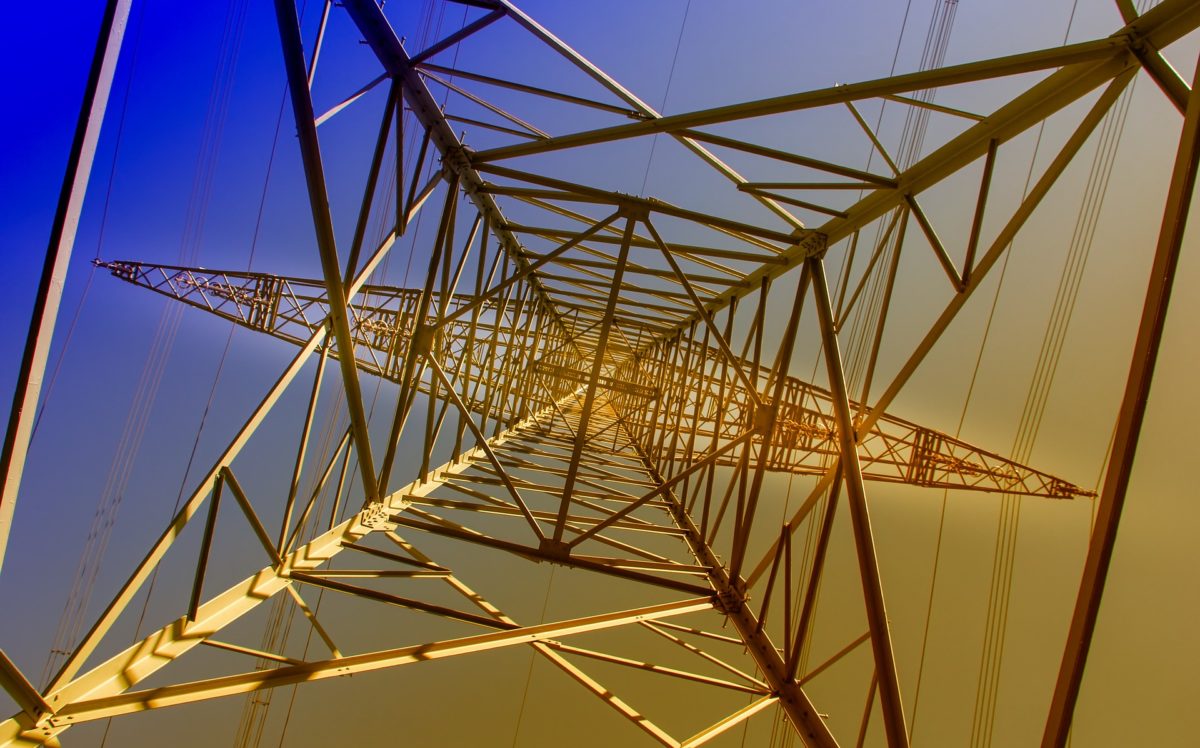From pv magazine USA.
California continues to break new ground in terms of integrating solar, and sometimes the records come when least expected. Data from the California Independent System Operator (CAISO) showed, on Saturday solar output peaked at 10,765 megawatts, at around 2.45pm local time.

According to several sources, that was the highest level since California set its record of 10.74 GW in June – despite Saturday’s achievement arriving ahead of tomorrow’s spring equinox.
 Those two figures only included solar connected to the transmission grid, leaving out behind-the-meter consumption. Based on previous estimates, rooftop and other smaller solar installations connected to the grid probably produced around 50% more energy, meaning total output may have been around 16 GW.
Those two figures only included solar connected to the transmission grid, leaving out behind-the-meter consumption. Based on previous estimates, rooftop and other smaller solar installations connected to the grid probably produced around 50% more energy, meaning total output may have been around 16 GW.
Nor does this include all of California, as the cities of Los Angeles and Sacramento are among the areas that are not part of the CAISO grid.
Deployment and demand
It should be no surprise that California is setting new records as the state continues to lead the U.S. According to analyst Wood Mackenzie Power & Renewables and industry body the Solar Energy Industries Association (SEIA), California deployed 3.4 GW of solar last year – more than three times as much as any other state.
That enabled California to meet more than 14% of annual electric demand with in-state solar, according to pv magazine analysis of data published by the U.S. Department of Energy. The portion of demand met with renewables in the middle of the day, when the sun is shining – particularly on a cool, weekend day in spring – is likely to be much greater.
According to CAISO data, demand at 2.45pm on Saturday – minus behind-the-meter solar – was around 18 GW, meaning utility-scale solar was meeting 59% of the grid’s power needs.

Flexibility and exports
Popular content
High levels of solar and wind output mean the rest of the system must maximize flexibility – something CAISO has struggled with in the past. Examining a previous day of record solar and wind output – on May 26 – pv magazine found many sources of power, such as the state’s hydro plants, were not showing much flexibility.
Furthermore, CAISO was still importing power at midday, during maximum solar and wind output – a pattern that was repeated on other days of high renewable energy output. Further analysis pointed to inflexible contracts signed by the state’s investor-owned utilities with out-of-state generators as the main reason.
However, analysis of the recent high output revealed a different result, with CAISO data showing a net export of power during the periods of highest solar output, an encouraging development.

Minimizing curtailment
When there is too much power on the California grid, it has to go somewhere, and the solution has been to curtail wind and solar. Curtailment levels on Saturday were not as severe as might have been feared, with around 3,000 MWh of wind and solar lost over the course of the day. In fact, curtailment had been higher on Wednesday.
However, the trend so far this year is a cause for concern. California had what newspaper the LA Times described as a “rare wet winter” this year, and that is expected to lead to high levels of hydroelectric output. As California’s hydro fleet is not as flexible as hydro plants in other regions, that is likely to exacerbate the conditions that lead to the highest curtailment levels – maximum output from renewable energy and limited demand during spring due to cooler weather and less air conditioning use.
Curtailment in February was the highest on record although this month does not appear to be much higher so far.

California could still wring more flexibility out of its power fleet, for instance by requiring greater flexibility from its gas-fired power plants and installing more batteries to soak up midday solar output and meet evening demand.
If properly managed, the introduction of electric vehicles could also bring greater demand flexibility. As in Hawaii – and now New Mexico – what California is doing as it moves towards 100% zero-carbon electricity is still very much an experiment. Time will tell how it plays out as the state continues to push the level of renewable energy deployment in the world’s fifth largest economy.
This content is protected by copyright and may not be reused. If you want to cooperate with us and would like to reuse some of our content, please contact: editors@pv-magazine.com.


6 comments
By submitting this form you agree to pv magazine using your data for the purposes of publishing your comment.
Your personal data will only be disclosed or otherwise transmitted to third parties for the purposes of spam filtering or if this is necessary for technical maintenance of the website. Any other transfer to third parties will not take place unless this is justified on the basis of applicable data protection regulations or if pv magazine is legally obliged to do so.
You may revoke this consent at any time with effect for the future, in which case your personal data will be deleted immediately. Otherwise, your data will be deleted if pv magazine has processed your request or the purpose of data storage is fulfilled.
Further information on data privacy can be found in our Data Protection Policy.